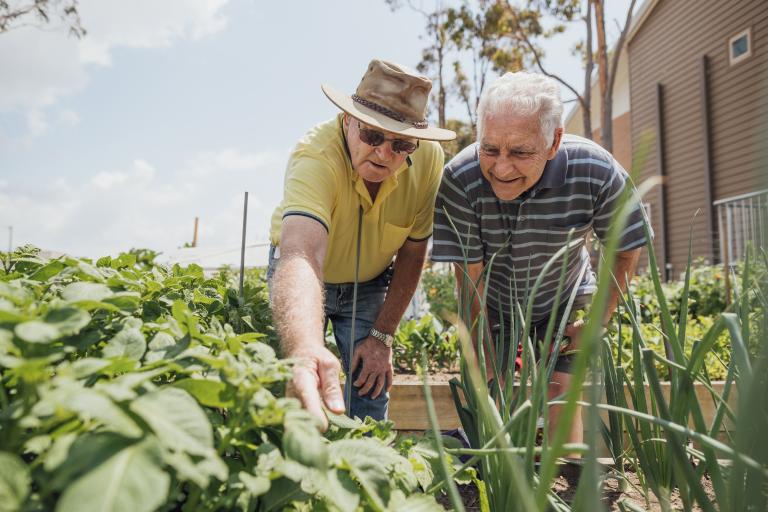
Being physically active
On this page
Please note
The information on this page is of a general nature. For older people with existing health conditions, it is a good idea to see your GP for a check-up before starting a physical activity.
What is physical activity?
- Physical activity is anything that gets your body moving, makes you breathe faster and speeds up your heart rate.
- Physical activity includes incidental exercise (eg walking to a bus stop), exercise (eg going to the gym), sport (eg playing tennis) and muscle strengthening activities.
- Physical activity can be either light (eg stretching or walking), moderate (eg a brisk walk) or vigorous (eg jogging).
- Staying active as you get older is important for good mental and physical health and wellbeing.
Benefits of being physically active
Physical benefits
- Reduce the risk of health issues (for example high blood pressure, high cholesterol, type 2 diabetes, bone and joint problems, heart disease and some cancers)
- Reduce the risk of having a fall
- Make it easier to live by yourself in your own home for longer
- Improves energy levels and sleep
- Helps to manage health conditions
Mental benefits
- Helps manage stress
- Reduces the risk of anxiety and depression
- Improves concentration
- Improves memory
Social benefits
- Getting out and being active is a great way to connect with your friends and family
- Spend time playing with your grandchildren
- Encourage each other by walking with friends
- Join a physical activity group to meet new people
Other benefits
- Walking instead of driving can help save the cost of petrol and parking fees
- Staying healthy can reduce your healthcare costs in the long-term
- Walking and cycling reduces your impact on the environment
Appetite for Life Manual
- This information is from the Appetite for Life Manual.
- It has practical fact sheets to help health and community workers support clients.
- It includes information on physical activity.
